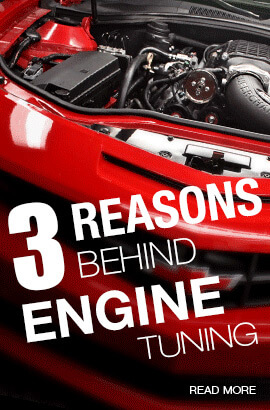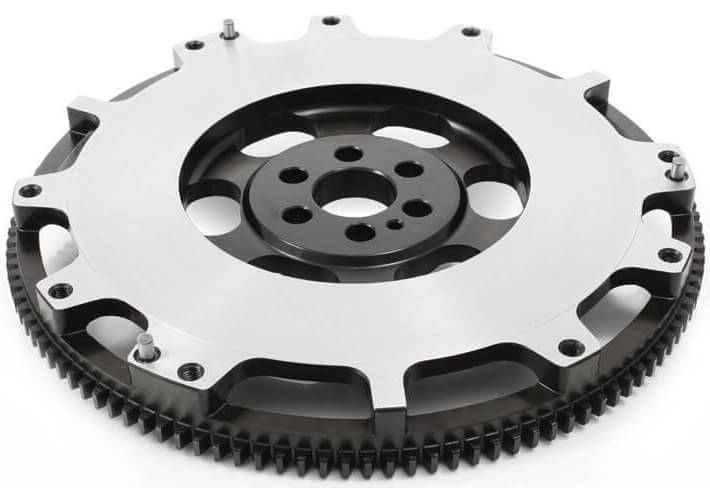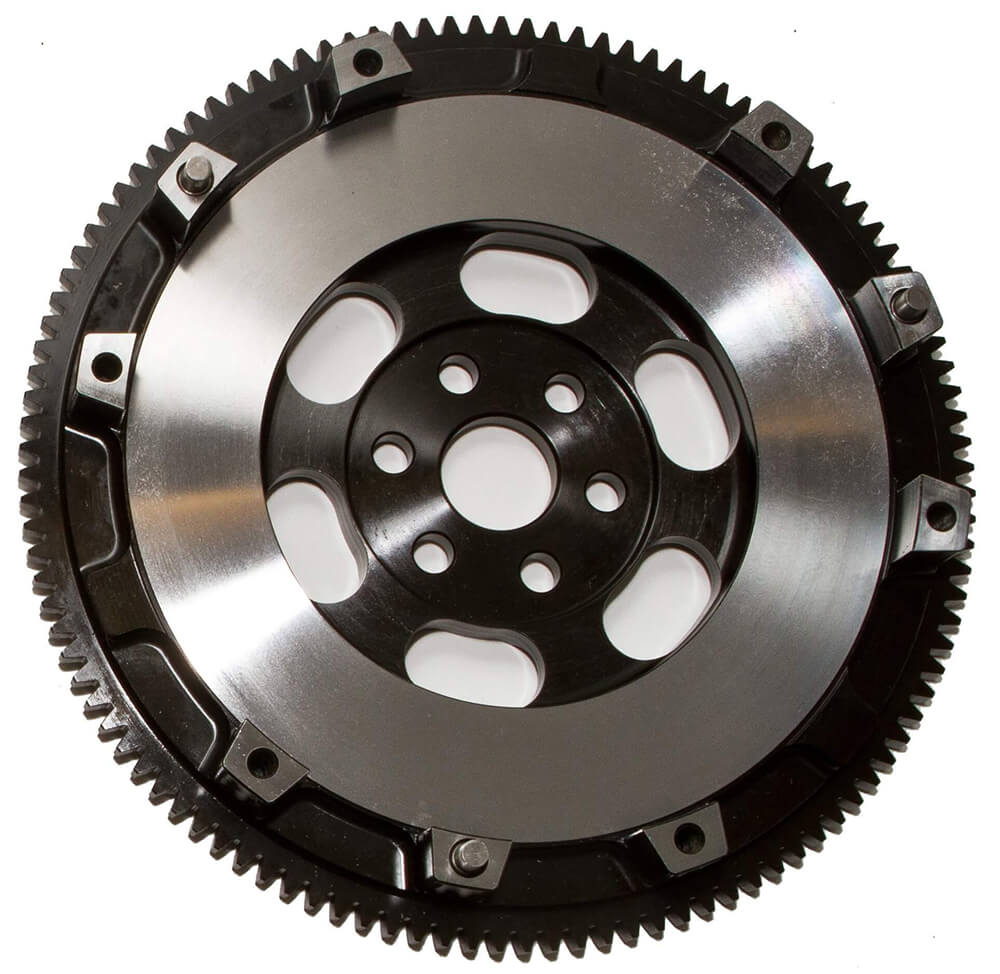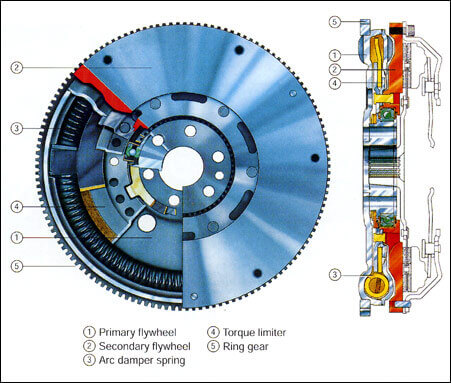Performance Flywheel
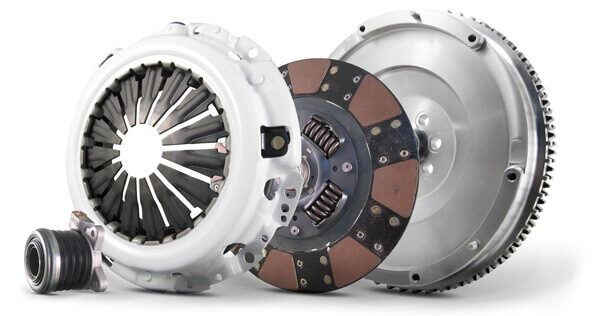
What is a flywheel
In a car's clutch, a flywheel connects to the engine, and a clutch plate connects to the transmission. You can see what this looks like in the figure below. So what is a flywheel? The car flywheel consists of varying weights on opposite sides of the engine's crankshaft. When your foot is off the pedal, the springs push the pressure plate against the clutch disc, which in turn presses against the flywheel. This locks the engine to the transmission input shaft, causing them to spin at the same speed.
Once the crankshaft makes a full rotation, the varying weights of the engine flywheel, which are evenly spread out on the crankshaft, will keep the pistons moving up and down. The flywheel will stop rotating once the electrical power is cut to the engine. When the car key is turned off, it breaks the electric circuit from the battery and stops the electrical current traveling to the distributor. Without the distributor distributing electricity to the spark plugs, the pistons will no longer fire downward and support the flywheel spinning.

Flywheel Lightening
Lightening the flywheel - the flywheel on a car works in a similar way to the wheel in the toy cars you used to rev up and release and let it zoom off. The heavy wheel located between the engine and the gearbox builds up rotational force with speed and momentum. Effectively storing the energy and helping the car resist changes in engine speed - good for cruising at a steady speed but bad when you need a fast engine response. Drawbacks - it takes effort to get the wheel rotating and stops the engines revs increasing or slowing down quickly. A light flywheel takes strain off the engine and allows the engine to rev more freely, as a bonus as there is less weight the engine is able to release more power. You'll notice a race-tuned engine increases and decreases revs a lot more quickly than a standard engine. The big downside to a lightened flywheel is that engine momentum or inertial spin is reduced - most noticeably on a hill.



